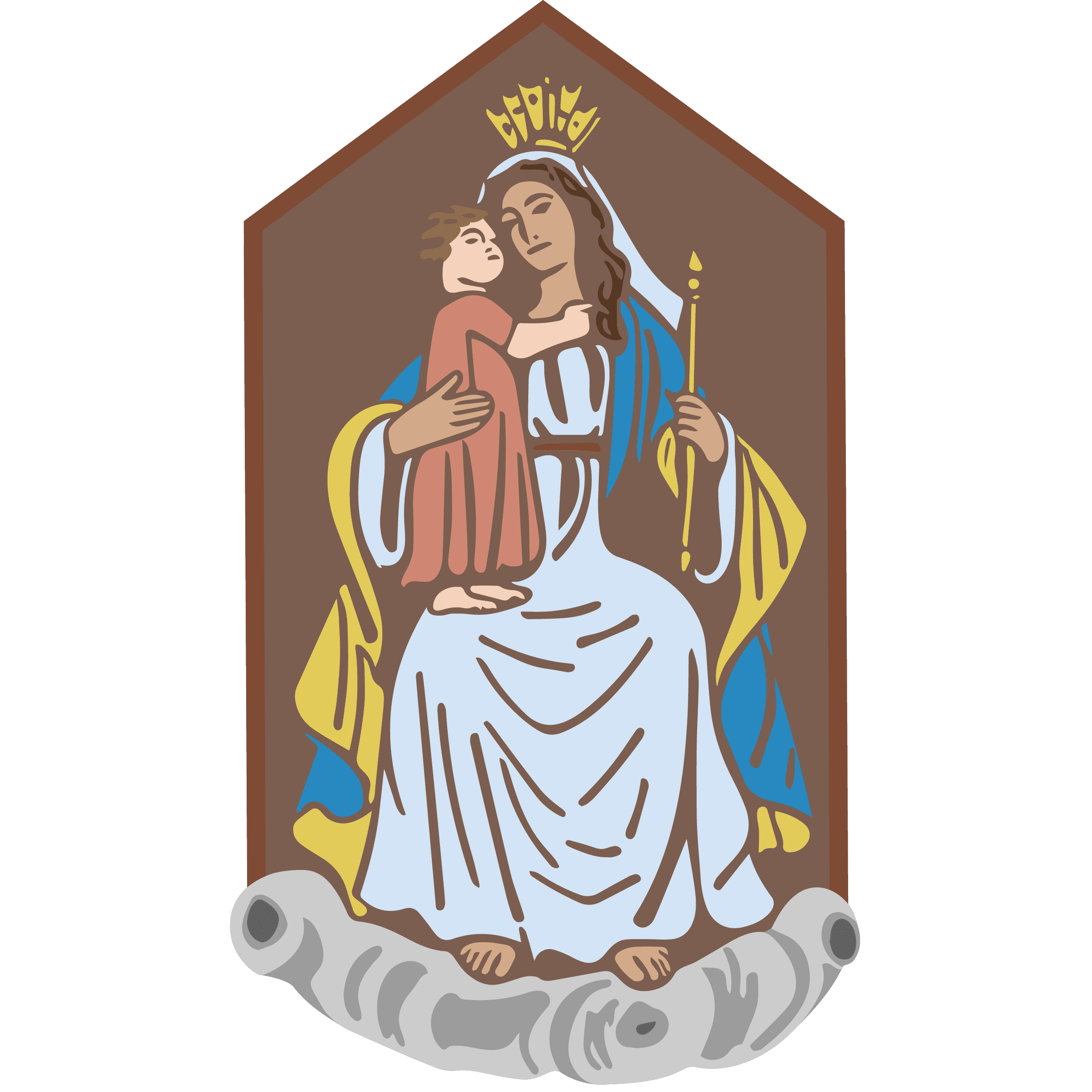August 12, 2018 Nineteenth Sunday in Ordinary Time
In today’s Gospel Jesus continues his teaching that he is the Bread of Life. In my homily for First Eucharist, I ask the children why it is necessary to eat every day? And of course they know the answer: to help us grow, be strong, and keep us alive. Then I tell them there is another part of us that needs to grow, be strong and kept alive – and that is our spiritual self. I tell them that the Eucharist is the original “soul” food! That Jesus is truly present in the bread and wine to feed our spiritual self. What do you believe about the real presence of Jesus in the Eucharist? A 2010 Pew Forum study found that 45 percent of U.S. Catholics did not know that Church’s teaching on the Eucharist, yet 63 percent of Catholics said they believed in it. Only 46 percent of Catholics know the teaching about the Real Presence and believe in it. Yet, from 800 AD to less than 25 years ago, over 175 Eucharistic miracles have been recorded and recognized by the Church. And while we are not obliged to accept them as matter of faith, they can certainly bolster our faith and strengthen our belief in the Real Presence. Here are just two of the miracles recorded:
Lanciano, Italy around 750 AD: A priest, who had doubts about Christ’s real presence, was celebrating Mass. When he consecrated the host, it transformed into flesh and blood. Over the years, samples of the tissue have been scientifically tested. The last testings were done in 1971 and 1981. The flesh was found to be from the myocardium, the heart muscle that pumps blood. The blood was human and the type AB positive. The white blood cells showed that it was from living flesh. Moreover, the sample indicated that the person had been in trauma consistent with a person who had been beaten about the chest. The scientist performing the study did not know the source of the sample. You can see this miracle in Lanciano, Italy today.
Buenos Aires, Argentina, St. Mary Church, 1996, in the diocese of our present Pope Francis. A woman brought an abandoned host to the priest after Mass. He put it in water to dissolve it so it could be disposed of properly later. When the priest checked the next day, the host had not dissolved, but he saw a bloody substance there. He contacted the bishop. The matter was kept silent, and the host was kept in water until October 5, 1999, when samples were taken for testing. Findings were the same as with the Lanciano sample, including heart muscle, blood type and living tissue, indicating that the Eucharist was still bleeding.
The Church teaches that at consecration, the substance of bread and wine do not change, but the essence does. These Eucharistic miracles are testimony that we do receive the living Christ in the Eucharist. In Communion, we receive the bread of life from heaven. We receive Christ – his strength, his love, his compassion. We share in his divine life. And in doing so, we shall not die!
Have a blessed week!
Father Don

